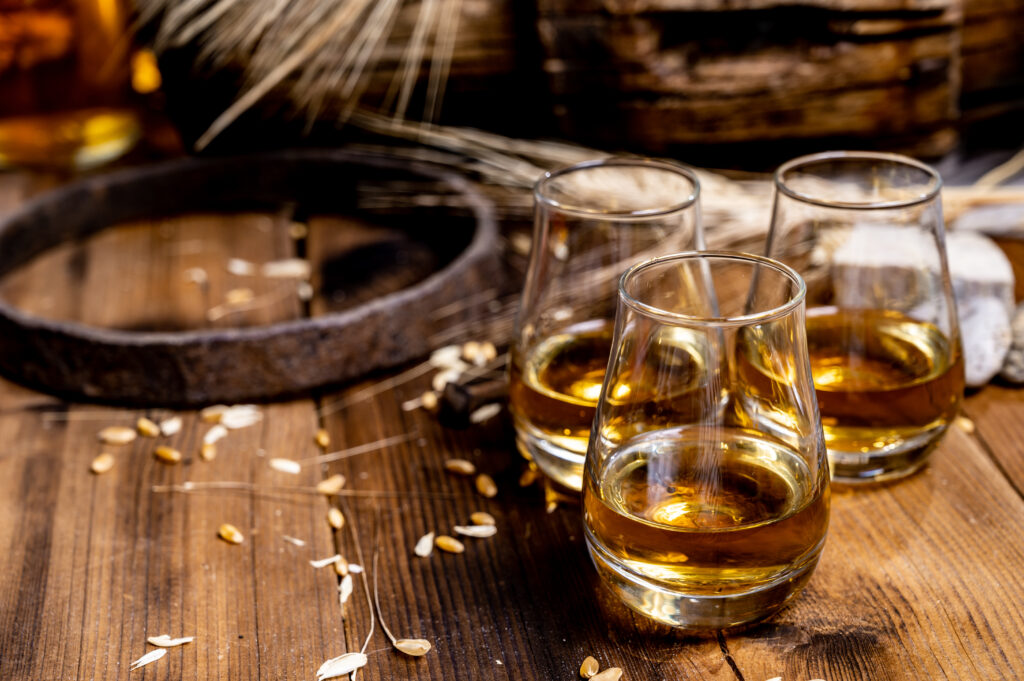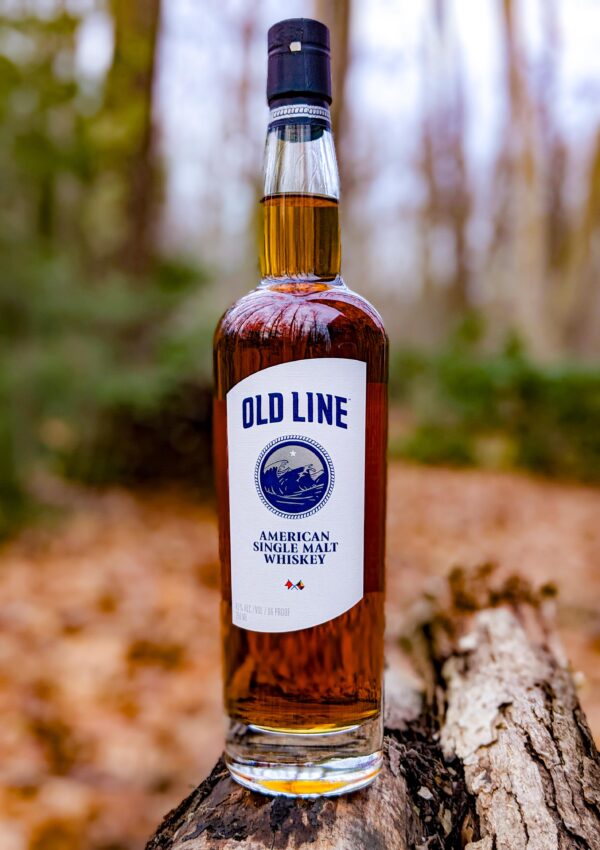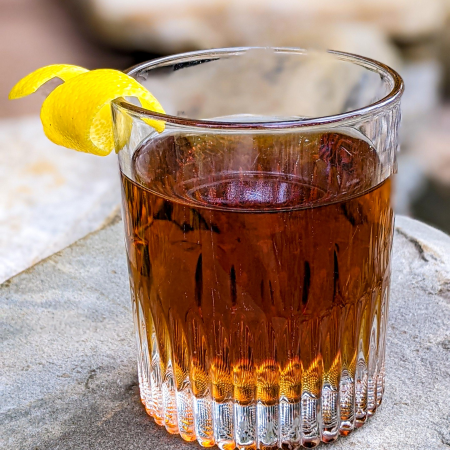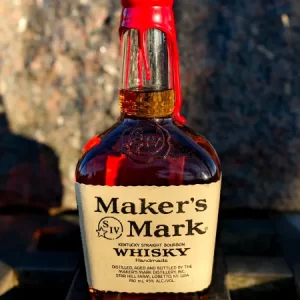
In 1964, the Alcohol and Tobacco Tax and Trade Bureau (TTB) got serious about whiskey. This branch of the American Treasury Department has long set the standards of whiskey and, well, how much they should be taxed. However in 1964, they rolled out all of the official rules for how a whiskey becomes a bourbon, a rye, and just about everything else. For a while, things happily moved along with a tweak here or an update there, but now the TTB is preparing to release regulations for a whole new category: American Single Malt Whiskey.
What is Single Malt Whiskey?
If you’re a whiskey fan, the “Single Malt Whiskey” part of American Single Malt Whiskey might sound familiar. In fact, this type of whiskey has been around for quite a while. A Single Malt Whiskey is any whiskey that is made at one single distillery from a malted grain. Malting is the process of soaking a grain until it germinates and turns starch into sugar for fermentation. Barley is by far the most common grain used for malting, but just about any grain can be malted. Basil Hayden, for example, recently released a Malted Rye Whiskey. Single Malt Whiskey is a category all its own, although no Single Malt Whiskey is quite as famous as Single Malt Scotch.
What is Single Malt Scotch?
Depending on where you are in the world, the guidance around Single Malt Whiskey may be a bit fast and loose. However, if you step anywhere within the borders of the U.K., you’ll find some very rigid rules. Similar to Bottled-in-Bond in the United States, the label of “Single Malt Scotch” is legally set and regulated. To earn the distinction of a Single Malt Scotch, a whisk(e)y has to meet the following requirements:
- A mash bill of 100% malted barley;
- Aged for at least 3 years in oak casks;
- Distilled at one distillery in Scotland.
For years, the Scotch rules have set the standards for a lot of whisk(e)y around the world. These practices have certainly influenced the growing Japanese Whiskey market and are playing an interesting role in the world of American Single Malt Whiskey.
What is American Single Malt Whiskey?
Alright, so, what exactly is American Single Malt? Well, that depends on who you ask. The first actual American Single Malt popped up in 1996 from the Clear Creek Distillery in Portland, Oregon. Head Distiller Steve McCarthy released his McCarthy’s Oregon Single Malt after being heavily influenced by the Scotch whisky style. For a while then, American Single Malt was pretty much defined however a distillery wanted it to be. However, more often than not, the Single Malt Whiskies on the States’ side mimicked their Scottish counterparts.
By 2016, an independent group emerged to once and for all set the record straight on this new type of whiskey – The American Single Malt Commission. In its own words, the ASMWC formed to, “…address the growing need for American-based producers to define the category—both domestically and internationally—in order to protect, educate, promote and ultimately grow it. According to them, an American Single Malt must be:
- Made from 100% malted barley
- Distilled entirely at one distillery
- Mashed, distilled, and matured in the United States
- Matured in oak casks
- Distilled to no more than 160 proof (80% ABV)
- Bottled at 80 proof or higher (40% ABV).
One other crucial detail is that unlike Scotch or bourbon, additives like coloring or flavor are allowed in American Single Malt.
The Codification of American Single Malt
Although a whole commission has been formed around the subject, the United States has yet to officially codify American Single Malt as a unique category. On July 29, 2022 the TTB finally got around to publishing a proposal that mimics the ASMWC’s criteria. The proposal also mentioned that the TTB would take comments on the proposal before moving forward. And yet, no official regulations have been approved or released since.
Who Produces American Single Malt Whiskey?
In the meantime, distilleries certainly aren’t slowing down. In fact, at this point it’s easier to say who isn’t making American Single Malt. Currently, 39 of the states have at least one distillery putting out an American Single Malt, but there are definitely much more than that. At the beginning, this new whiskey category was a craft distillers’ game, yet the big giants have also joined the fray. Jim Beam, for example, recently released its first with Clearmont Steep American Single Malt.
While the government might not have made up its minds about American Single Malt Whiskey, the distilleries certainly have. This new category of whiskey is certainly a rising star.





